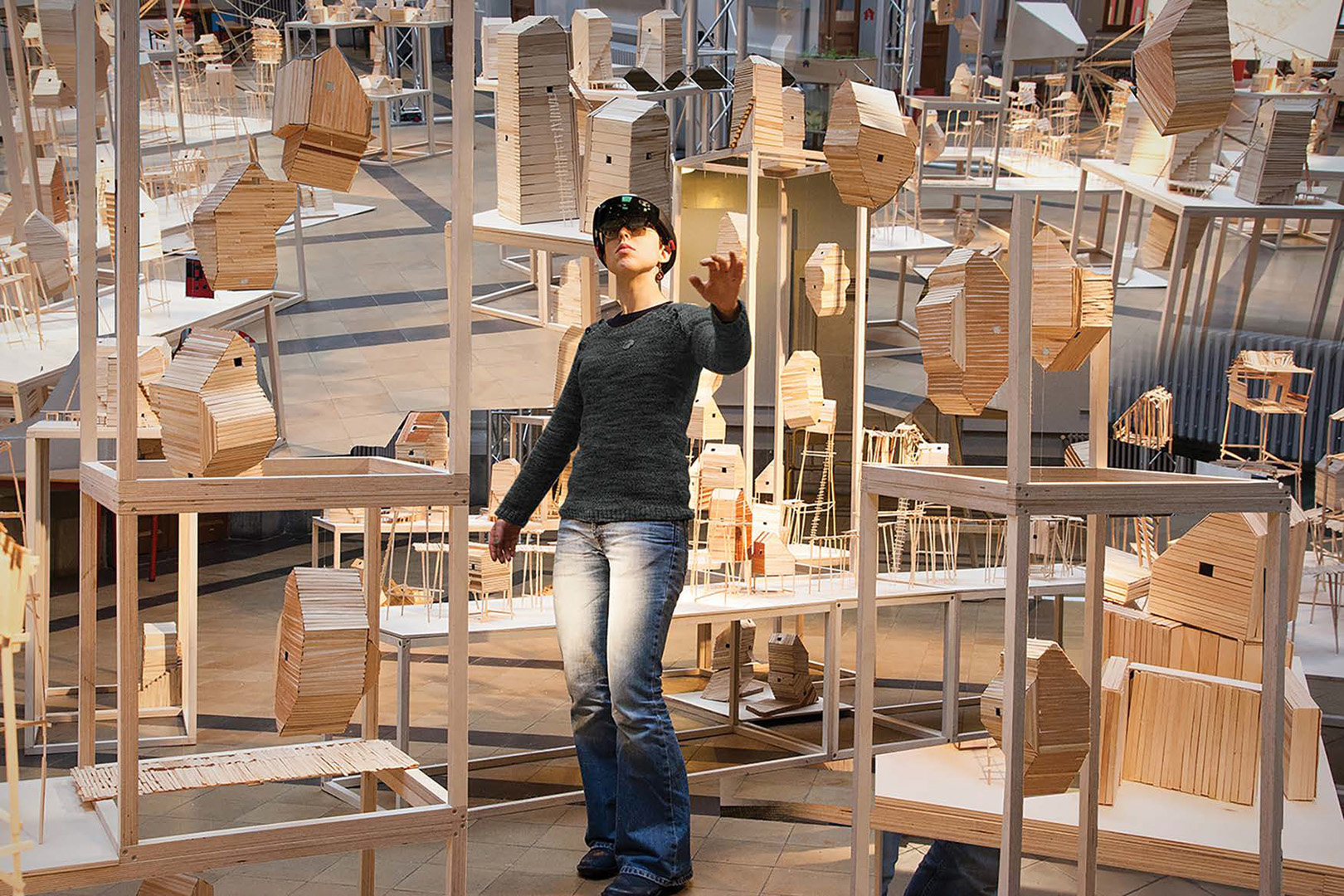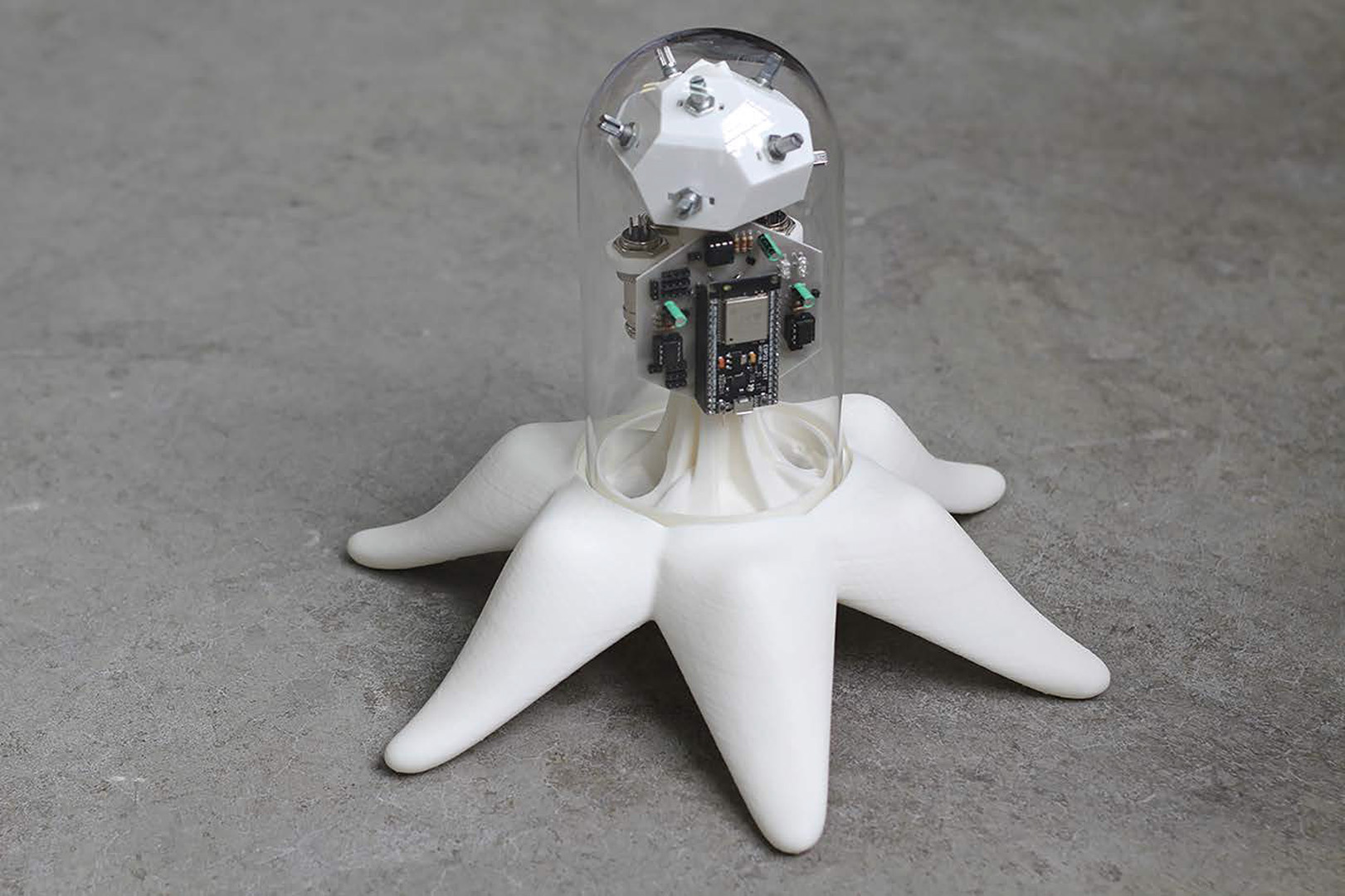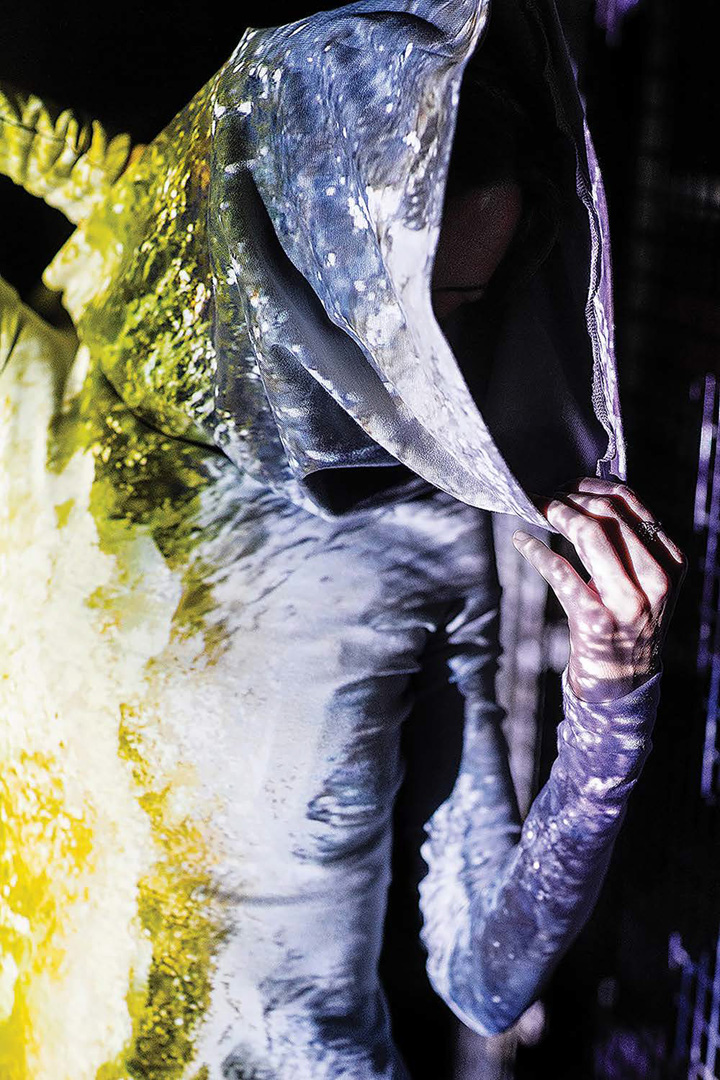“Artist Residencies for Innovation: Development of a Global Framework” by Henchoz, Puissant, Leal, Moreira and Vinet
Conference:
Type(s):
Title:
- Artist Residencies for Innovation: Development of a Global Framework
Presenter(s)/Author(s):
Abstract:
Artists can play a major role in the success of innovation. The European program STARTS aims to increase their impact in high-tech environments. An international consortium has the mission to implement 45 residencies and set a complete framework for such partnerships. The authors identify methodological gaps from the literature and observe how the STARTS program fills them. The authors discuss the impact of the implemented solutions, providing the leading global study on this large-scale action. The resulting residency framework, including the methodology and its associated tools, will be released publicly, making it available to institutions and companies.
References:
1. Y. Mirande and N. Henchoz, Design for Innovative Technology: From Disruption to Acceptance (Lausanne: EPFL Press, 2014).
2. G. Castillo et al., Hippie Modernism: The Struggle for Utopia (Minneapolis, MN: Walker Art Center, 2015).
3. Forbes, “Articulating Media Arts Activities in Art-Science Contexts,” Leonardo 48, No. 4, 330–337 (2015).
4. K. Lehman, “Conceptualizing the Value of Artist Residencies: A Research Agenda,” Cultural Management: Science and Education 1, No. 1, 9–18 (2017).
5. C. Harris, ed., Art and Innovation: The Xerox PARC Artist-in-Residence Program (Cambridge, MA: The MIT Press, 1999).
6. R. Vargas de Freitas Matias, International Artists-in-Residence 1990–2010: Mobility, Technology and Identity in Everyday Art Practices Jyväskylä: Univ. of Jyväskylä, 2016).
7. L. Candy and E. Edmonds, “Creative Expertise and Collaborative Technology Design,” Proceedings of the 6th Asia-Pacific Conference on Computer Human Interaction (2004) pp. 60–69.
8. L. Candy and E. Edmonds, “Modeling Co-Creativity in Art and Technology,” Proceedings of the 4th Conference on Creativity and Cognition (2002) pp. 134–141.
9. E. Edmonds et al., “The Studio as Laboratory: Combining Creative Practice and Digital Technology Research,” International Journal of Human-Computer Studies 63, Nos. 4/5, 452–481 (2005).
10. D. Foresta and J. Barton, “The Souillac Charter for Art and Industry: A Framework for Collaboration,” Leonardo 31, No. 3, 225–230 (1998).
11. STARTS Residencies, Flora Robotica (2019), vertigo.starts.eu/calls/2017/projects/flora-robotica/detail/, accessed 31 May 2019.







